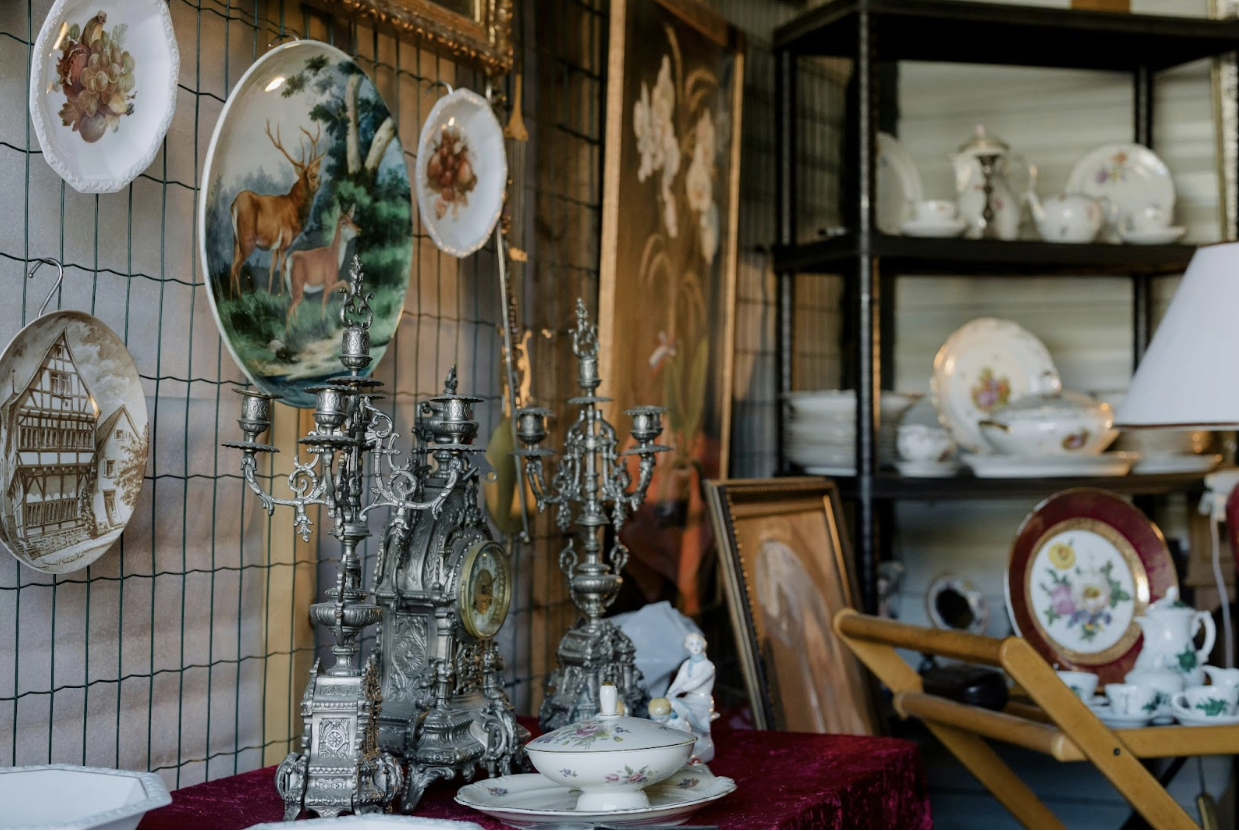Long-Term Storage Tips for Collectors and Hobbyists
As a collector or hobbyist, preserving the value and condition of your prized possessions is essential. Whether you're safeguarding vintage toys, rare coins, diecast Nissan cars, or exquisite art pieces, proper long-term storage can make all the difference in maintaining their integrity. Poor storage practices can lead to deterioration, discoloration, and irreversible damage, turning cherished items into mere memories. However, with the right strategies, you can protect your collectibles for years to come.
This blog post will delve into essential tips for effective long-term storage, covering everything from climate control and suitable containers to cleaning and maintenance routines. Discover how to create a safe haven for your treasures, ensuring they remain in pristine condition while you continue to enjoy and cherish them. Let's get started.
Choose the Right Storage Unit
Selecting the right storage unit is crucial for preserving your collectibles. Look for a facility that offers climate-controlled units, which help maintain stable temperature and humidity levels, protecting your items from extreme conditions.
Security is also important; choose a place with surveillance cameras and secure access to keep your treasures safe. For instance, you can find a self storage in Oxenford with excellent climate control and robust security features, making it an ideal choice for collectors. Before committing, visit the facility to assess its cleanliness and suitability for your specific storage needs, ensuring your collection remains in optimal condition.
Use Appropriate Containers
Proper storage begins with choosing the right containers for your collectibles. Opt for acid-free boxes or archival-quality bags that are designed to protect against deterioration and environmental damage. These materials are less likely to release harmful chemicals that could harm your items over time. Avoid using standard cardboard boxes, as they can attract pests and degrade quickly.
Ensure that containers are the right size—too much extra space can lead to shifting and potential damage. For delicate items, consider padded or bubble-wrapped storage options to provide extra cushioning. Taking the time to invest in appropriate containers will safeguard your collection for years to come.
Maintain Climate Control
Maintaining the right climate is essential for the long-term preservation of your collectibles. Fluctuations in temperature and humidity can cause irreversible damage, leading to issues like mold growth, warping, or discoloration. Ideally, your storage space should be kept at a consistent temperature between 65°F and 75°F, with humidity levels maintained between 30% and 50%. To achieve this, consider investing in a dehumidifier or humidifier, depending on your local climate.
Additionally, avoid placing your items near windows, heating vents, or uninsulated walls, as these areas can experience drastic temperature changes. By controlling the environment, you can ensure your collection remains in pristine condition for years to come.
Organize and Label Everything
Effective organization is key to managing your collection and ensuring that you can easily locate items when needed. Start by grouping similar items together, such as by category, type, or value, to create a logical arrangement. Once organized, clearly label each container with its contents, including any relevant details like condition, purchase date, or provenance. Use waterproof labels or a label maker to ensure durability.
This systematic approach not only saves you time but also helps you keep track of your collection’s value and history. Additionally, consider maintaining a digital inventory that complements your physical labels, providing a comprehensive overview of your collectibles at a glance.
Regularly Inspect Your Collection
Routine inspections are essential for maintaining the condition of your collectibles over time. Schedule regular check-ups, ideally every few months, to assess the state of your items. During each inspection, look for signs of damage, such as fading, mold, or pest infestations. If you spot any issues, address them immediately to prevent further deterioration.
Take this opportunity to rearrange items if needed, ensuring that they remain safely stored and properly supported. Keeping detailed notes during your inspections can help you track any changes, enabling you to respond effectively. By prioritizing regular inspections, you can safeguard your collection and ensure it stays in excellent condition for years to come.
Document Your Collection
Creating a detailed inventory of your collection is a vital step in preservation and management. Begin by cataloging each item, including essential information such as descriptions, purchase dates, and current market value. Take clear photographs from multiple angles to capture details and any unique features. This documentation serves not only as a reference for your records but also as a valuable tool for insurance purposes or future sales.
Consider using digital inventory software or spreadsheets to organize your data efficiently, making updates easy. Regularly revisit and revise your documentation to reflect any changes in your collection, ensuring that you maintain an accurate and comprehensive record over time.
Effective long-term storage is crucial for preserving the value and condition of your collectibles. By choosing the right storage unit, using appropriate containers, maintaining climate control, organizing and labeling items, regularly inspecting your collection, and documenting everything, you can ensure your treasures remain in pristine condition for years to come. With these tips, you’ll be well-equipped to protect and enjoy your collection to its fullest potential.







